Vietnam boasts the sixth-highest turtle diversity globally, encompassing both freshwater and marine species. However, this rich biodiversity faces severe threats, primarily due to the global demand for turtles. These reptiles are among the most traded wildlife globally, catering to traditional medicine in China, the pet trade, and other consumptive purposes. Habitat loss and various anthropogenic threats have pushed over 80% of Vietnam’s 32 turtle species to the brink of extinction.
Notably, no sustainable populations of any turtle species exist in Vietnam, emphasizing the urgent need for conservation efforts. The Center for Technology and Nature Conservation (CTNC) is at the forefront of these endeavors, working tirelessly to conserve and restore turtle populations. The focus extends to highly endangered and endemic species, such as the Southern Vietnamese box turtle (Cuora picturata), Indochinese box turtle (Cuora galbinifrons), Bourret box turtle (Cuora bourreti), the iconic Hoan Kiem turtle (Rafetus swinhoei), the Wattled necked turtle (Palea steindachneri), the four-eyed turtle (Sacalia quadriocellata), big-headed turtle (Platysternon megacephalum), Annam pond turtle (Mauremys annamensis), and more.
CTNC is actively involved in the recovery project for the critically endangered Palea steindachneri, a species rare in the wild but common in captivity. Furthermore, the organization aims to strengthen law enforcement to protect endemic turtles (C. picturata, M. annamensis, C. bourretii, C. galbinifrons) in Central Vietnam. This involves implementing the SMART patrol system in protected areas and establishing proper protected areas for these crucial species.
The conservation initiatives employ a comprehensive approach, combining intensive surveys and advanced technologies like camera traps, environmental DNA (eDNA), and thermal drones. Traditional methodologies such as trapping and interviewing complement these efforts. Notably, CTNC is dedicated to the search for the rarest turtle globally, Rafetus swinhoei, using a combination of cutting-edge technology and time-tested techniques.
These conservation initiatives underscore the critical need to protect Vietnam’s unique turtle species, prevent their extinction, and contribute to global biodiversity conservation. The challenges are immense, but with dedicated efforts and strategic collaborations, there’s hope for a brighter future for Vietnam’s turtles.

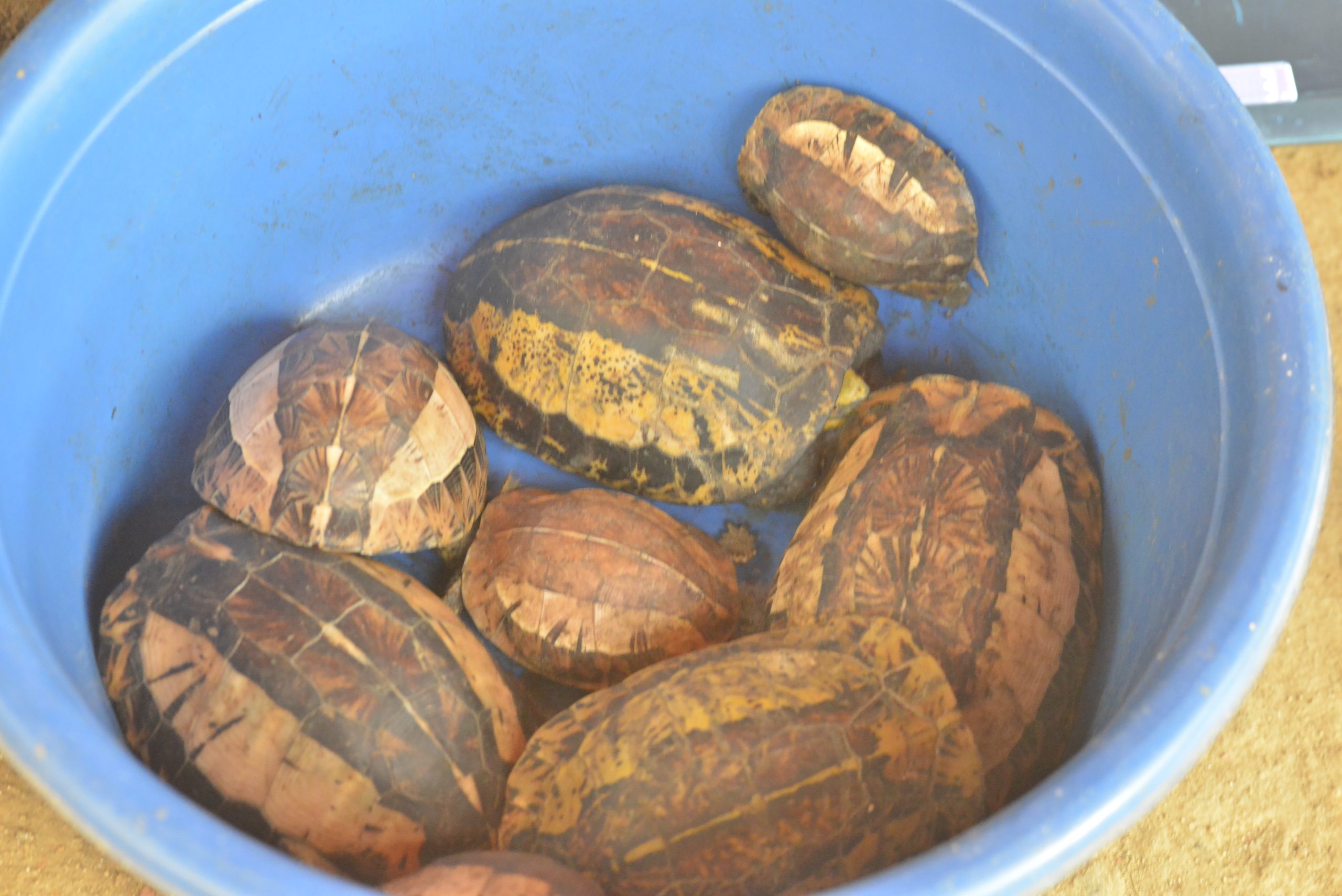
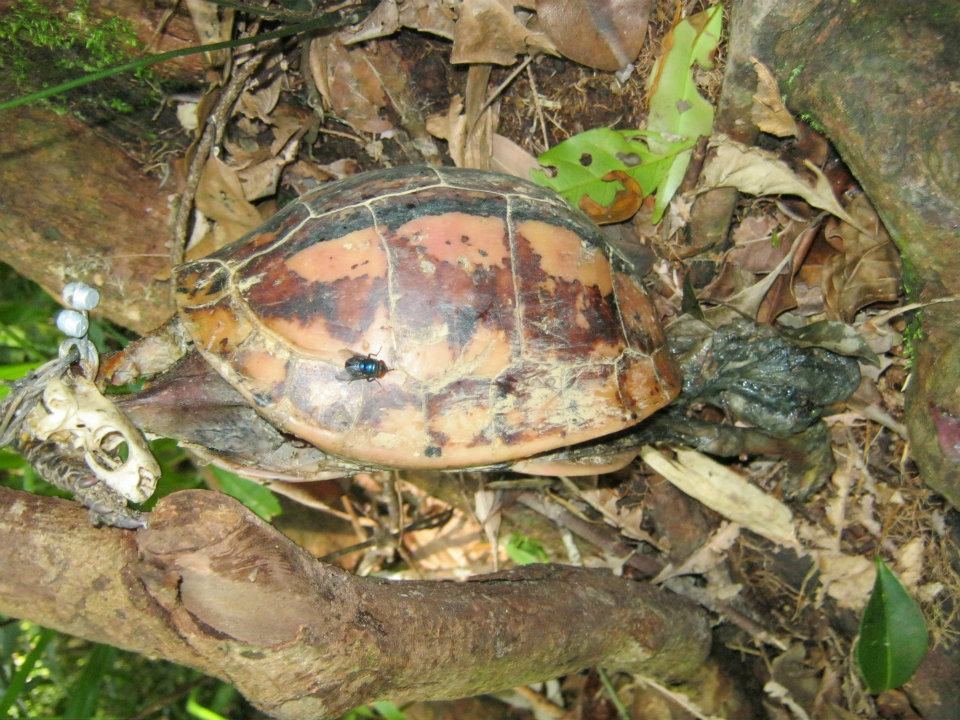
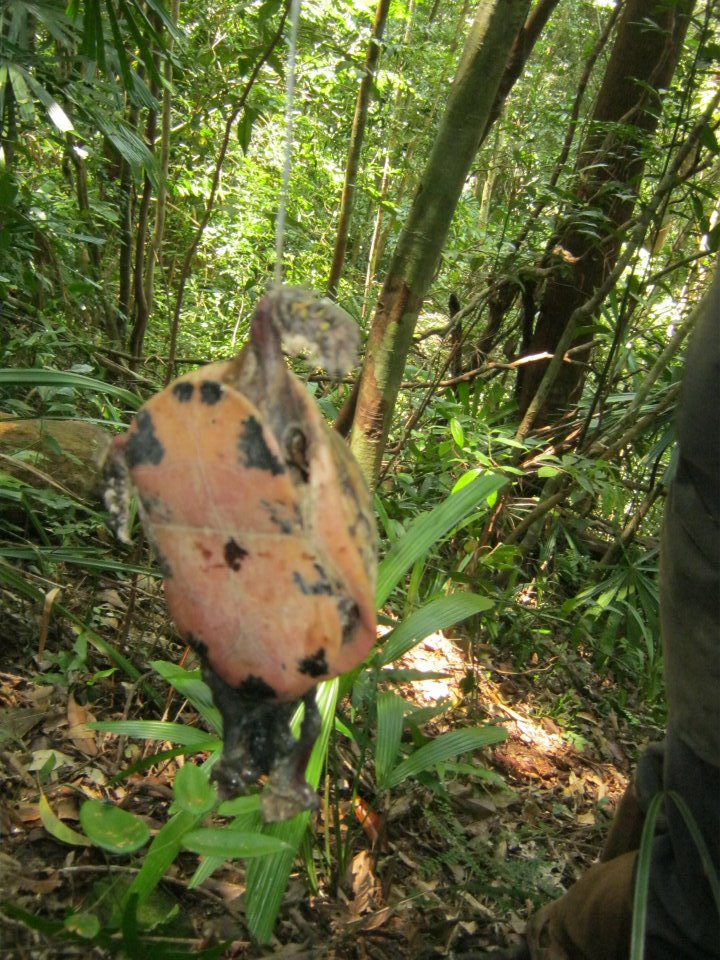
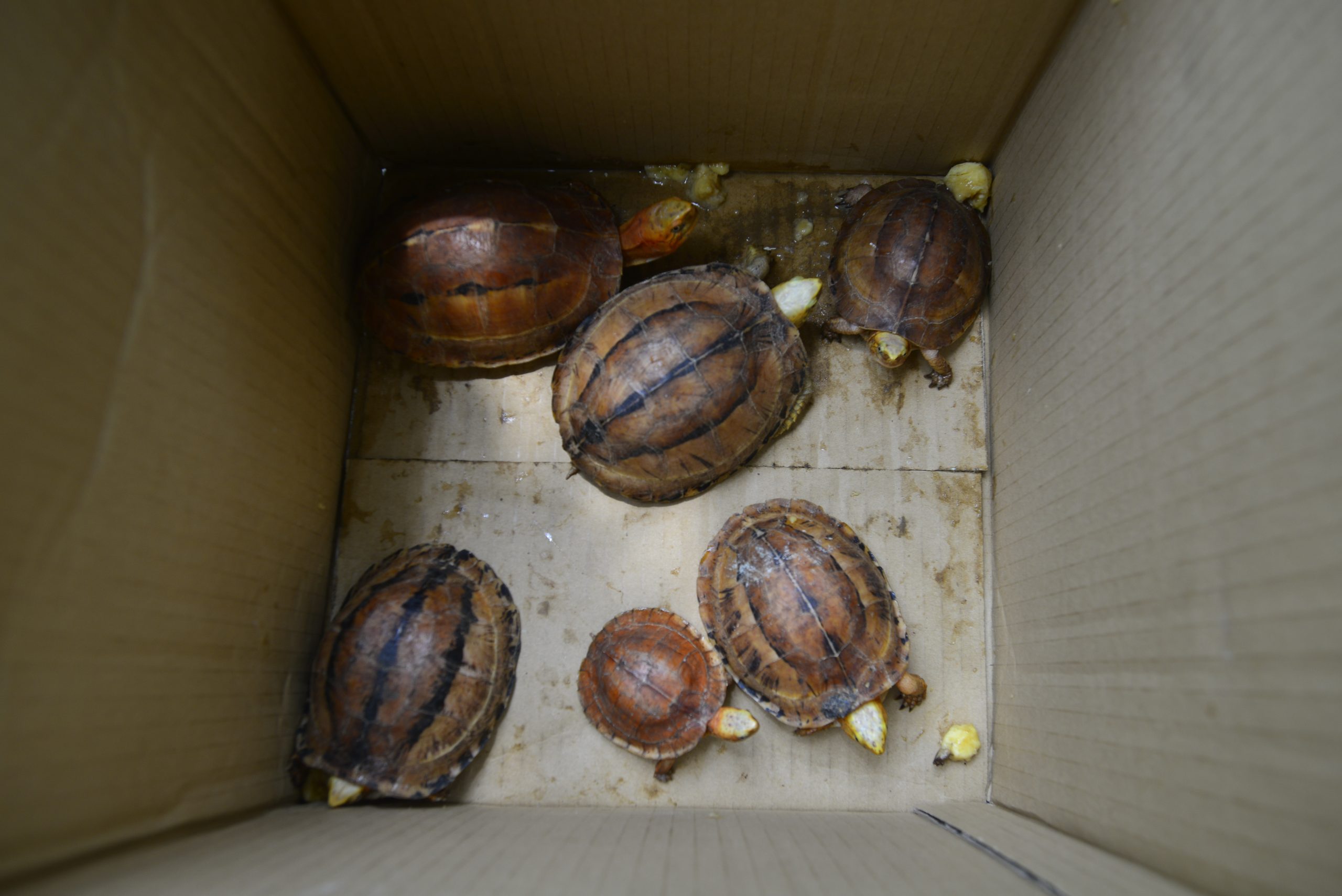
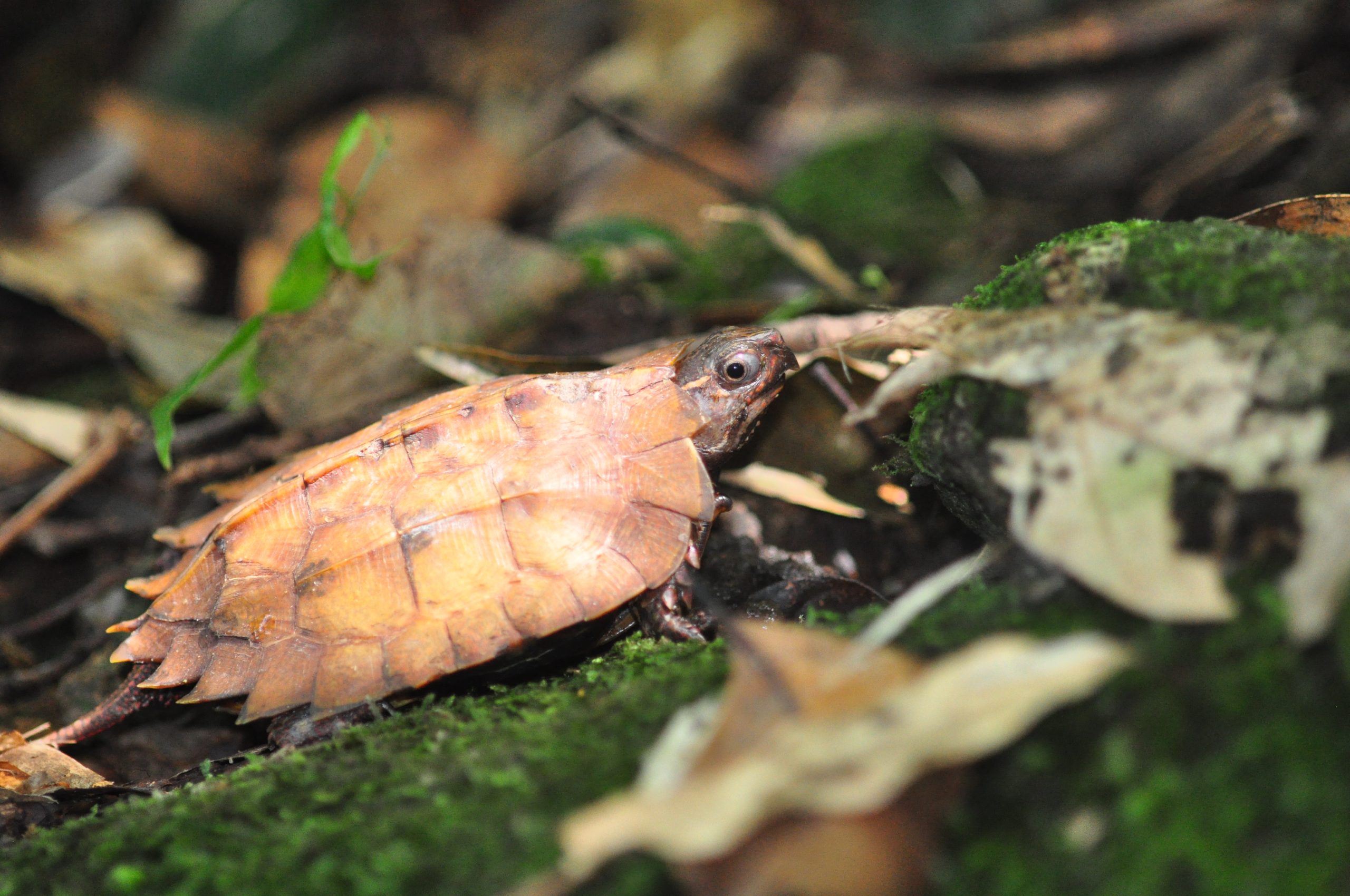


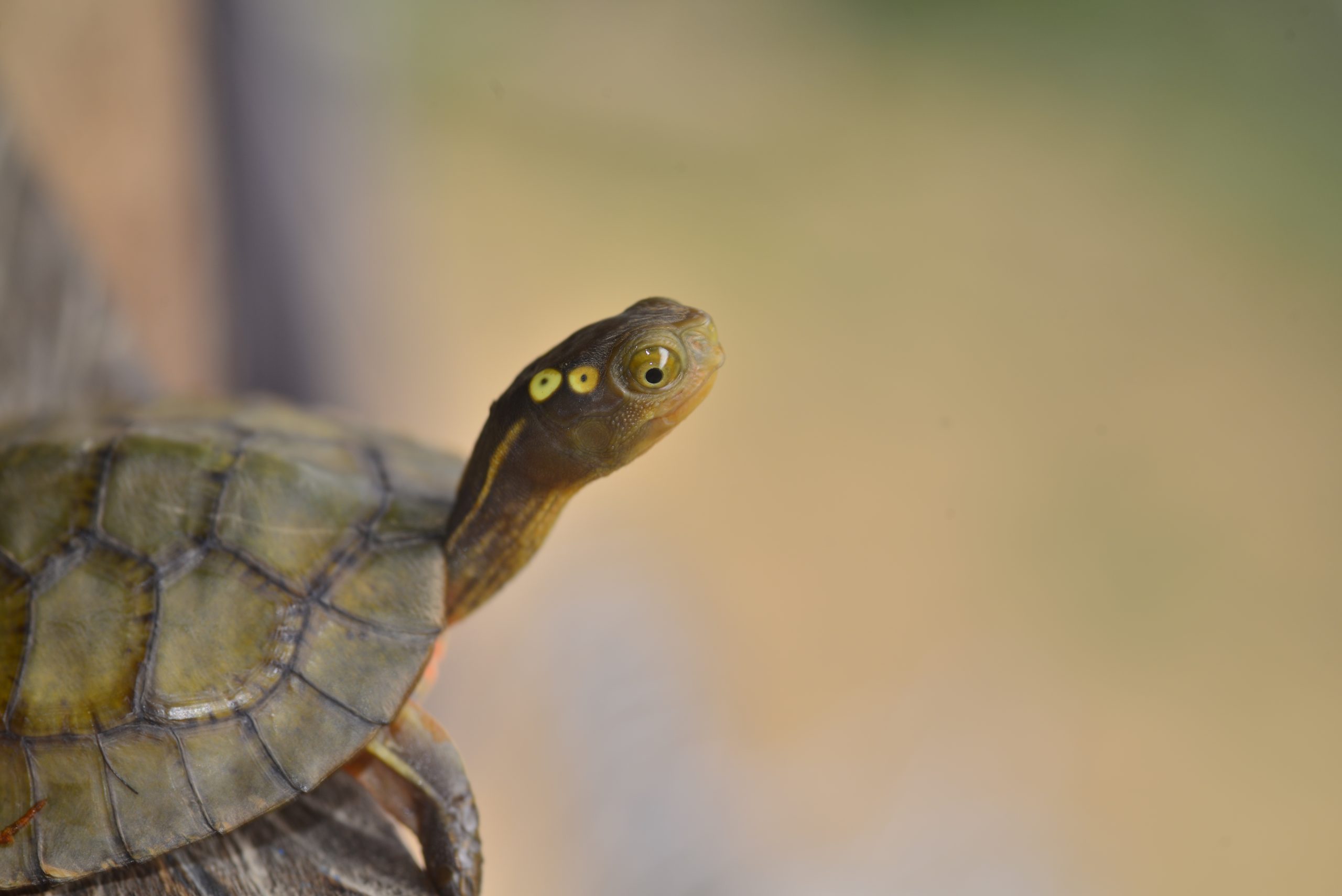
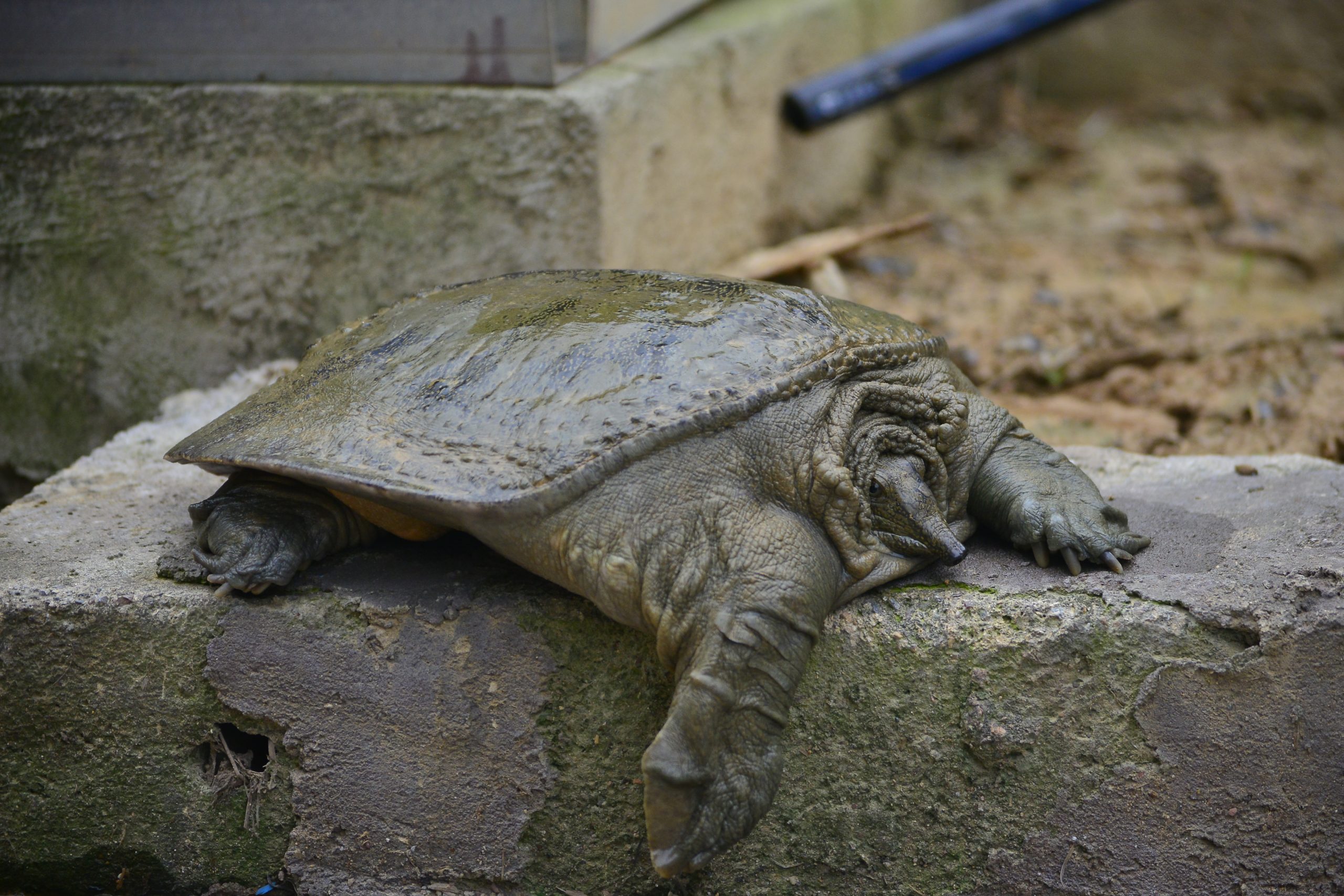
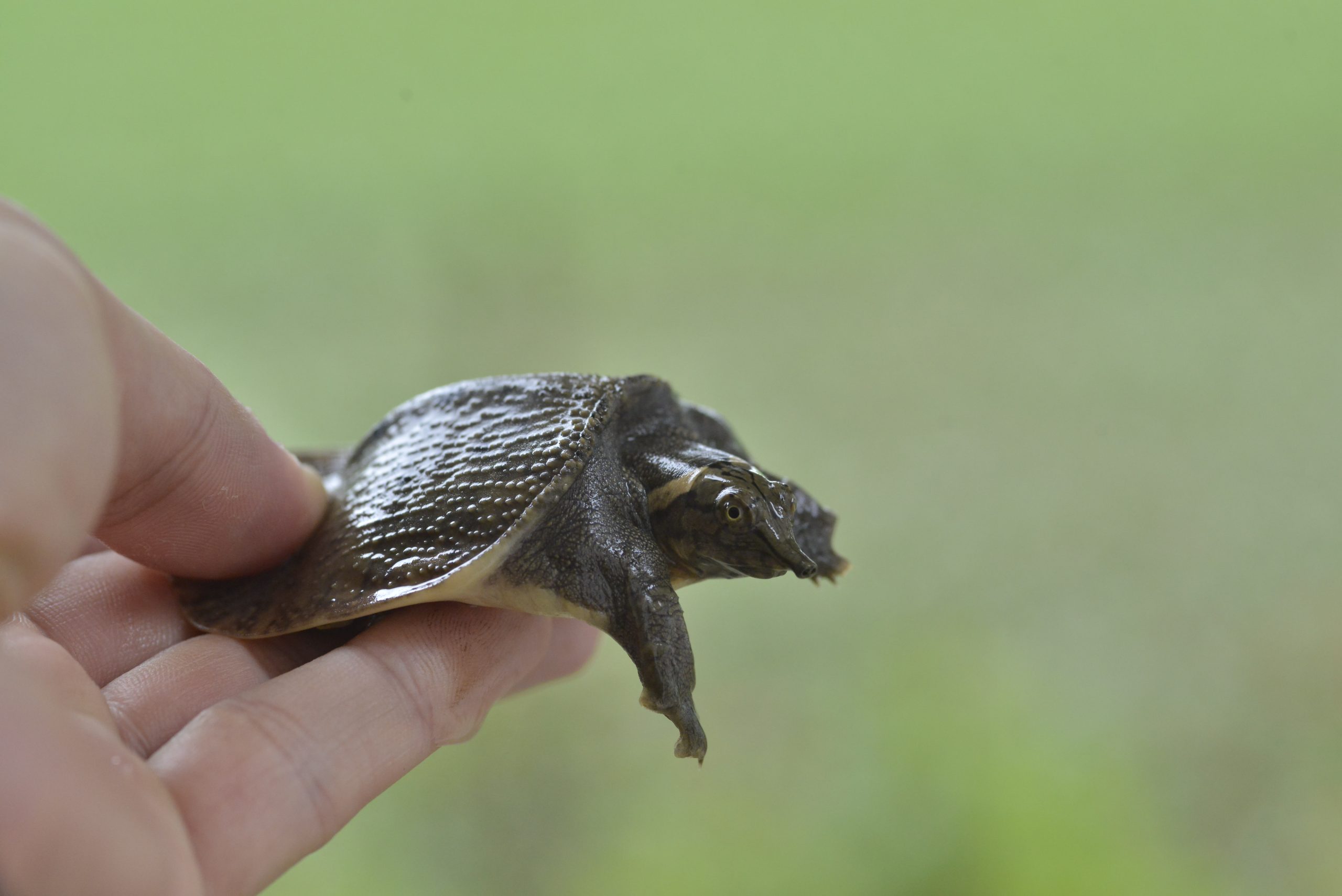



Share by: